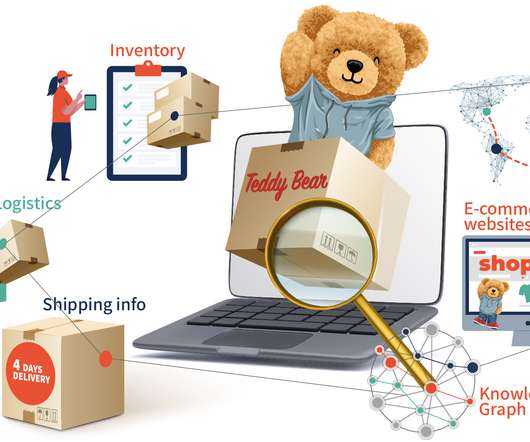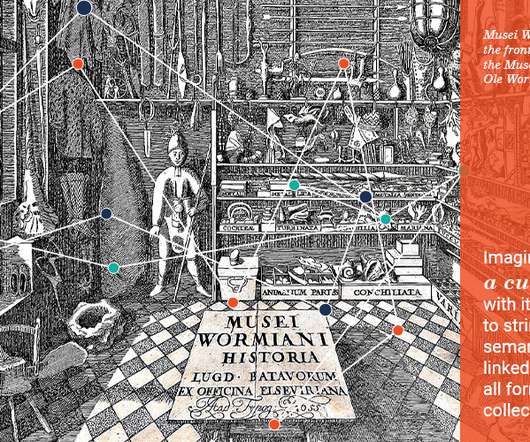The importance of data ingestion and integration for enterprise AI
IBM Big Data Hub
JANUARY 9, 2024
Companies still often accept the risk of using internal data when exploring large language models (LLMs) because this contextual data is what enables LLMs to change from general-purpose to domain-specific knowledge. In the generative AI or traditional AI development cycle, data ingestion serves as the entry point.














Let's personalize your content